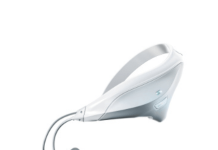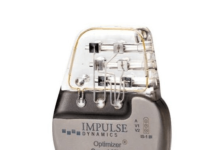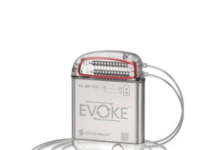Wellumio has enrolled the first subject in the Portable MRI study of its magnetic resonance imaging (MRI) device, ‘Axana’ 0.1T, for stroke identification in emergency department patients.
The two-part trial aims to evaluate the device’s feasibility, usability, and safety in subacute stroke patients.
A hospital in Melbourne, Australia, has performed a scan using the Axana device on a senior female subject suspected of having an acute stroke.
Related: ScreenPoint’s AI breast cancer screening tool hits detection success in new study
The device claims to allow for rapid bedside tracking of brain tissue magnetic resonance properties, identifying stroke biomarkers such as molecular diffusion through diffusion-weighted imaging (DWI).
The primary objective of this feasibility and observational study is to evaluate the safety and feasibility of the device in a hospital setting.
This includes evaluating adverse events and the device’s potential to acquire prompt scans without technical issues.
Secondary objectives involve evaluating the device’s usability, acquiring physiological data to compare with hospital MRI results, and investigating the consistency and reproducibility of scans, the company noted.
The Australian Stroke Alliance supports this trial as the principal study partner, with Titan Prehospital Innovation managing the research in collaboration with the Alliance.
Powered by the Pulsed Gradient Free Mapping (PGFM) technology, the device claims to have a portable and less bulky design making it suitable for bedside use in emergency departments and intensive care units (ICUs).
It facilitates quick detection of damage associated with stroke, providing essential information for ‘prioritising advanced’ imaging.
Wellumio CEO Dr Shieak Tzeng said: “We’ve designed a novel device that is highly portable and significantly faster than traditional MRIs, making it ideal for quick assessments in emergency situations.
“By delivering radial maps of the brain, Axana will potentially empower emergency physicians, neurologists, radiologists, and stroke care team members to rapidly detect strokes and guide critical treatment decisions during the crucial golden hour of care.”






